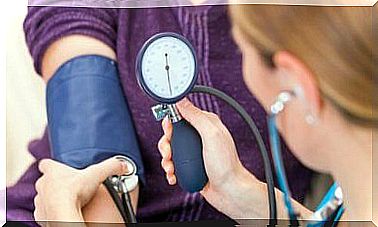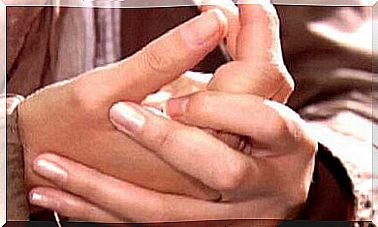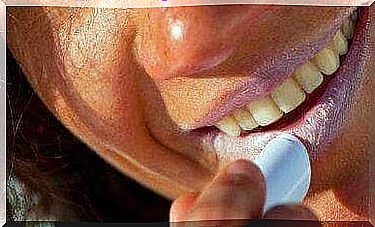What Is Hip Adductor Tendinopathy?
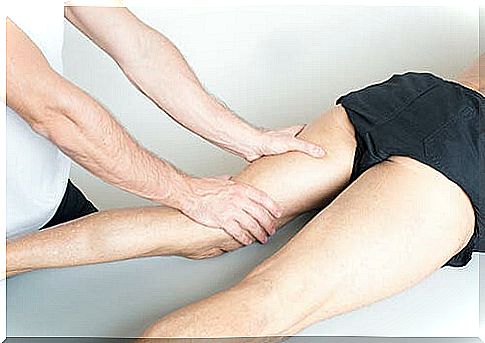
Adductors are very important muscles on the inner thighs. If you’ve ever been to a gym, you’ve probably come across a piece of equipment to train them. In some cases, however, you can develop hip adductor tendinopathy due to overuse.
Performing an exercise incorrectly or abruptly can lead to hip adductor tendinopathy, as noted in the article Proximal Hamstring Tendon Avulsion : Surgical Treatment in Elite Athletes. Case study (Spanish link).
For this reason, it is a fairly common injury in athletes. Keep reading to find out what characteristics hip adductor tendinopathy has and the symptoms that identify it.
Athletic tendinopathy or pubalgia
There are two ways to refer to this problem: hip adductor tendinopathy or pubalgia. Because it involves injury to the adductor muscles, it is usually classified as low pubalgia.
The reason for this term is that this tendinopathy shows the presence of discomfort in the area of the adductors, groin and genitals, and can extend to the lower abdomen, as indicated in the article Groin Pain: Differential Diagnosis (Spanish article).
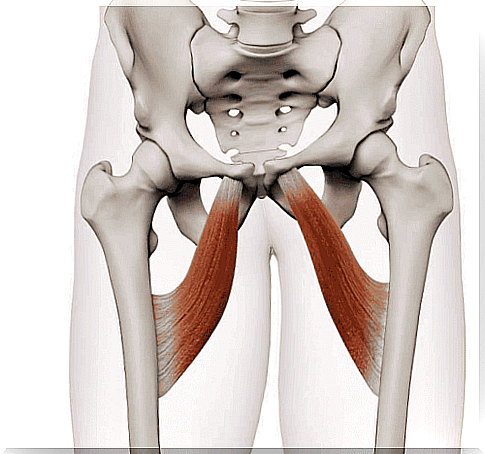
Hip adductor tendinopathy usually occurs as a result of intense daily exercise. For this reason, as indicated in the article we mentioned above, it is common among athletes who practice activities such as football, rugby, weightlifting or cycling.
For this reason, it is important to know how to identify it when it appears. That way you can take the right measures and recover quickly. In the photo above an anatomical view of the location of the adductor muscles.
Symptoms of a Hip Adductor Tendinopathy
The main symptom of pubalgia or adductor tendinopathy is pain in the inner thighs. But this pain, as we mentioned earlier, can spread to the lower abdomen. Let’s see how this symptom when it appears and how it evolves:
- Hip adductor tendinopathy warning: At the beginning of the injury, you will feel pain in the inner thigh or lower abdomen after you exercise. That is, during the rest period.
- Worsening of the injury: Over several days, this pain may spread to the groin area and begin to appear during exercise.
- Persistent pain: If you have not started treatment to resolve it, the pain becomes continuous and unbearable. Whether you rest or move, the pain won’t go away.
At the first sign of pain in the said area, it is important that you see a specialist. The reason is that hip adductor tendinopathy can significantly affect your quality of life. Stretching the adductors is nearly impossible because of the pain, and you can get to the point where you can’t cross your legs.
Treatment of hip adductor tendinopathy
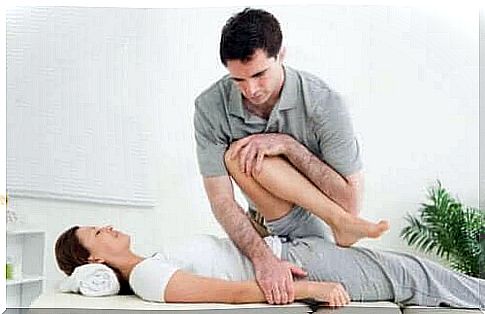
The treatment of hip adductor tendinopathy depends on the degree of injury. For this reason, the sooner you see the doctor, the less aggressive the treatment will be. Let’s take a look at some possibilities:
- Anti-inflammatory drugs: These are recommended along with rest and some stretching exercises that allow you to release the tension in the affected area. You can do this if the tendinopathy has just started and has not yet affected your quality of life.
- Physiotherapy: this is an addition to the above treatment. If you feel pain while exercising, it may be a good idea to see physical therapy. There, a program will then be run to treat the injury and correct what caused it.
- Surgery: This is the last option if the injury is already too severe and there is a fracture and chronic swelling in the adductor area.
Have you ever been diagnosed with hip adductor tendinopathy? If you play any of the sports we’ve mentioned, we hope you can correct habits that can lead to these types of injuries. Remember to always stretch after exercise to relax your muscles.
Sometimes we don’t pay much attention to the adductor muscles. However, they are very important and we use them all the time without realizing it. We recommend that if you feel pain in the area, don’t wait for it to get worse and see a professional as soon as possible.
